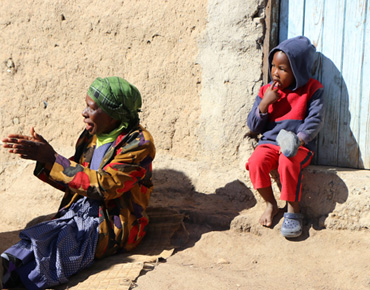
In the shadows of our cities, behind the bustling streets and vibrant neighborhoods, exists a reality that often goes unnoticed – the plight of homeless children. These young souls, facing adversity beyond their years, deserve our attention, empathy, and collective efforts to bring about positive change. Here’s a glimpse into the lives of homeless children and a call to action for a more compassionate society:
1. The Unseen Faces of Homelessness
Homelessness among children is a heartbreaking reality that often remains hidden from the public eye. These children, facing circumstances beyond their control, lack the stable and nurturing environments essential for their well-being. It’s crucial to recognize that homelessness is not just an issue of shelter but a multi-faceted challenge that impacts every aspect of a child’s life.
2. The Struggle for Stability
Without a permanent place to call home, homeless children grapple with the absence of stability, a cornerstone for healthy development. The constant upheaval disrupts their education, hinders social connections, and jeopardizes their physical and mental well-being. Addressing their unique needs requires a holistic approach that goes beyond providing shelter, encompassing education, healthcare, and emotional support.
3. Breaking the Cycle Through Education
Education stands as a beacon of hope for homeless children. By prioritizing accessible and quality education, we can break the cycle of poverty and homelessness. Initiatives that focus on removing educational barriers, providing school supplies, and offering mentorship can empower these children to envision a brighter future and break free from the grip of homelessness.
4. Compassion Over Judgment
It’s essential to approach the issue of homelessness with compassion rather than judgment. Many families facing homelessness are victims of circumstances such as job loss, domestic violence, or economic hardship. By fostering empathy and understanding, we can work towards destigmatizing homelessness, ensuring that homeless children are met with compassion, not condemnation.
5. Community Support and Outreach
Building a supportive community is key to addressing the needs of homeless children. Local organizations, shelters, and community initiatives play a crucial role in providing immediate assistance and creating a network of support. Volunteering, donating resources, and participating in outreach programs are tangible ways individuals and communities can contribute to making a positive impact.
Conclusion: A Call to Action
The plight of homeless children is a call to action for all of us. It’s an opportunity to come together as a society and advocate for systemic changes that address the root causes of homelessness. By acknowledging their struggles, fostering compassion, and actively supporting initiatives that provide solutions, we can pave the way for a more equitable and compassionate future for these vulnerable young lives.
Let us be the voices for those who often go unheard, working tirelessly to ensure that every child has the chance to break free from the cycle of homelessness and build a foundation for a brighter tomorrow.


